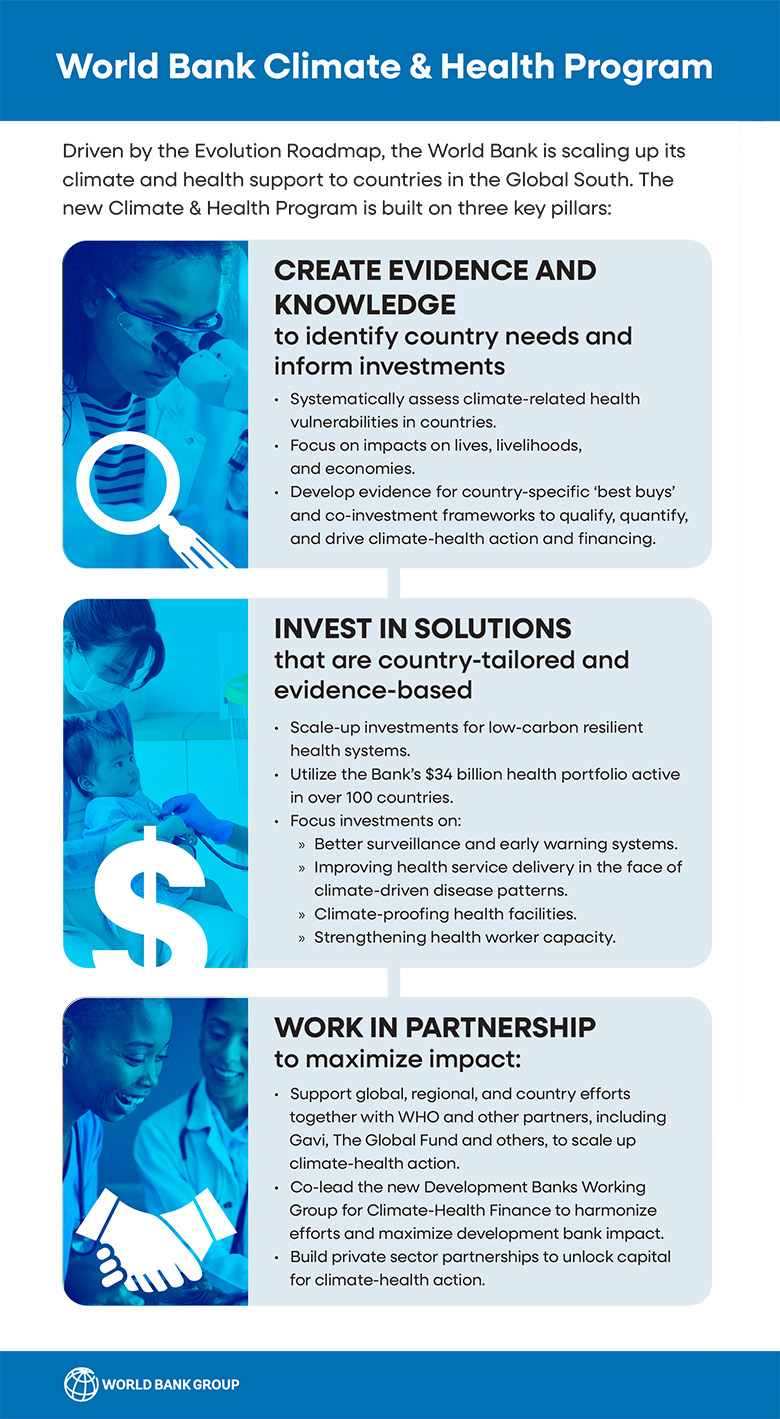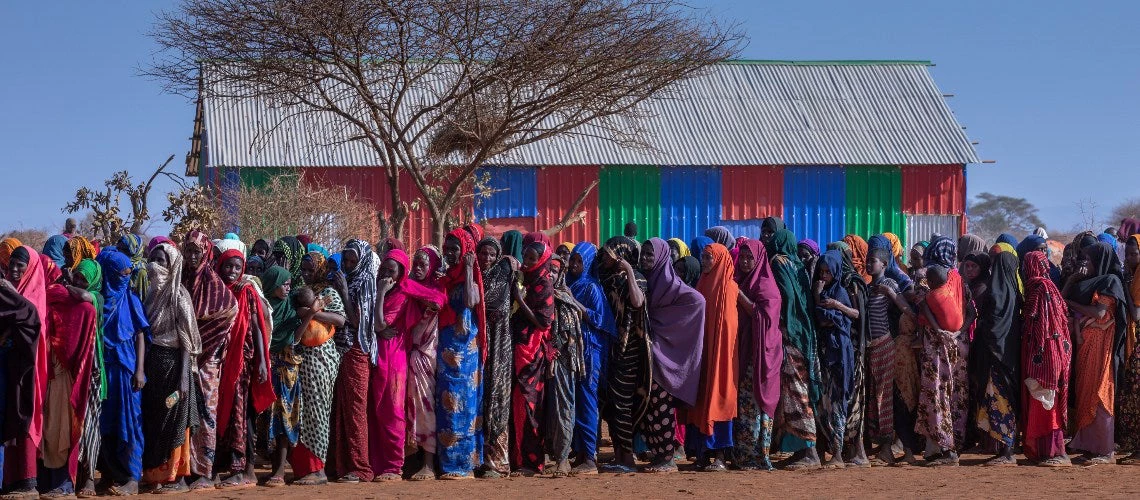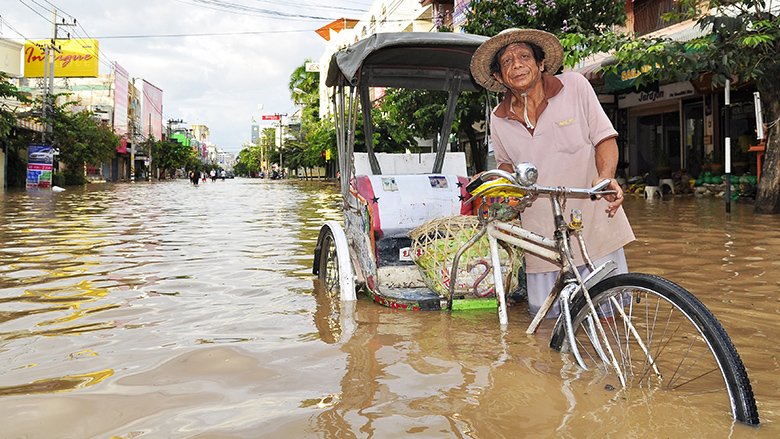Climate change: a global health emergency
As the global climate crisis escalates, its devastating impacts on human health and well-being will also accelerate. No one anywhere around the globe is beyond its reach, though millions of people – notably, women, children, the elderly, ethnic minorities, people with pre-existing health conditions, and those living in poverty – are among the most vulnerable.
Changing climate conditions are increasing heat-related illnesses and deaths; changing the patterns of infectious disease transmission, making deadly disease outbreaks and pandemics more likely; worsening maternal and child health outcomes; and intensifying health impacts from extreme weather events such as floods, droughts, wildfires, and windstorms. Climate change exerts significant strains on health systems, simultaneously increasing demand for health services whilst also impairing the system’s ability to respond. The climate crisis is also rapidly deteriorating access to basic human needs such as food security, safe drinking water and sanitation, and clean air. The result, according to new World Bank data, is that a warmer climate could lead to at least 21 million additional deaths by 2050 from just five health risks: extreme heat, stunting, diarrhea, malaria, and dengue.




